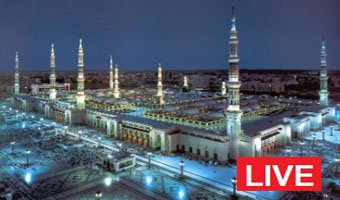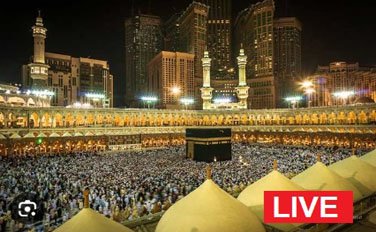The Enduring Legacy of the Bosra Theatre
Nestled amidst the ancient city of Bosra, Syria, the magnificent Theatre of Bosra. This awe-inspiring structure, a UNESCO World Heritage Site, boasts a rich history that stretches back millennia. From its Roman origins to its modern-day use as a performance venue, the Bosra Theatre has served as a stage for countless stories, theatrical productions, and cultural gatherings. Let’s embark on a journey through time to explore the fascinating story of this enduring landmark.

Echoes of the Roman Empire:
Bosra’s Roman Theatre dates back to the 2nd century AD and is considered one of the best-preserved examples of Roman theatre architecture in the Middle East. The horseshoe-shaped auditorium, originally capable of seating up to 15,000 spectators, is a marvel of engineering. Ornate stage decorations and intricate carvings hint at the grandeur of Roman theatrical productions.
A Living Legacy:
Remarkably, the Bosra Roman Theatre continues to be a vital cultural center. The well-preserved stage regularly comes alive with performances, from traditional plays to contemporary music concerts. Experiencing a show amidst these ancient walls offers a unique opportunity to connect with history and appreciate the enduring power of the performing arts.
Beyond the Theatre:
Bosra’s charm extends beyond the theatre. Explore the well-preserved Roman city walls, wander through the ruins of temples and colonnades, and delve into the city’s rich history as a prosperous trading center.
A Journey Through Time:
Bosra offers a captivating journey through time. Explore the echoes of the Roman Empire, marvel at the enduring legacy of the Roman Theatre, and experience the vibrant cultural scene that continues to thrive within these ancient walls.
Roman Era (1st Century CE – 6th Century CE)
- 1st Century CE: Construction of the Theatre of Bosra begins under the reign of Roman emperor Trajan (r. 98-117 CE). The theatre is modeled after Roman theatres in other parts of the empire, showcasing the characteristic semicircular seating arrangement and elaborate stage building.
- 2nd – 3rd Centuries CE: The Bosra Theatre becomes a major cultural center within the Roman province of Arabia Petraea. It hosts a variety of performances, including plays, comedies, musical acts, and chariot races. The theatre serves as a vital center for entertainment and social interaction for the Roman citizens of Bosra.
- 4th – 6th Centuries CE: With the decline of the Roman Empire, the use of the theatre gradually diminishes. However, the structure remains relatively intact.
Early Islamic Period (7th – 12th Centuries CE)
- 7th Century CE: The arrival of Islam in the region marks a shift in the theatre’s use. While theatrical performances are no longer held, the building serves as a public gathering place for various purposes.
Ayyubid Period (12th – 13th Centuries CE)
- 12th Century CE: The Ayyubid dynasty, a Muslim sultanate, takes control of the region. Sultan Al-Adil (r. 1193-1218 CE) orders the conversion of the Bosra Theatre into a fortress. Walls, towers, and a moat are added, transforming the once-open structure into a defensive stronghold.
Later Eras (14th Century CE – Present Day)
- 14th Century CE – 19th Century CE: The Bosra Theatre continues to serve as a military outpost under various rulers. Over time, the structure deteriorates due to neglect and weather.
- 19th Century CE: European travelers rediscover the ruins of the Bosra Theatre and document its historical significance. Renewed interest sparks efforts to preserve the structure.
- 20th Century CE: Archaeological excavations and restoration projects begin, gradually revealing the theatre’s original grandeur.
- Late 20th Century CE – Present Day: The Bosra Theatre undergoes extensive restoration and is revived as a performance venue. It now hosts a variety of events, including plays, concerts, and cultural festivals. The theatre once again serves as a vibrant center for artistic expression and cultural exchange.
A Stage for the Ages:
The Bosra Theatre stands as a testament to the enduring power of human creativity and the adaptability of architecture. Its transformation from a Roman entertainment venue to a military fortress and finally back to a stage for artistic expression reflects the dynamic nature of history. As restoration efforts continue, the Bosra Theatre remains a symbol of Bosra’s rich cultural heritage and a vibrant venue for contemporary artists and audiences.
Related Post: Jordan’s Gems:Historical Mosques and Places
Also Read: Exploring Egypt’s Mosques
May You Like: Makkah : Holy Sites and History

